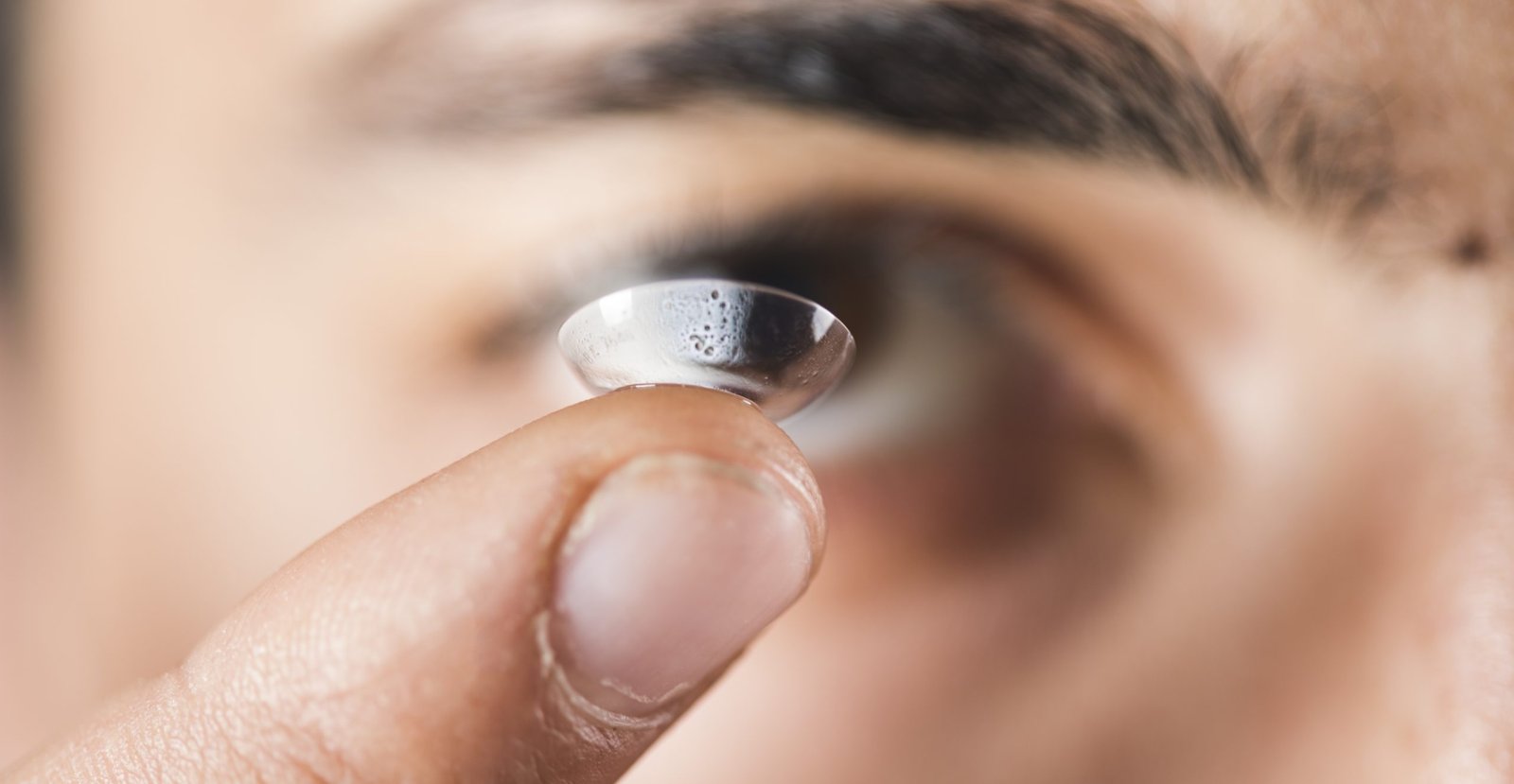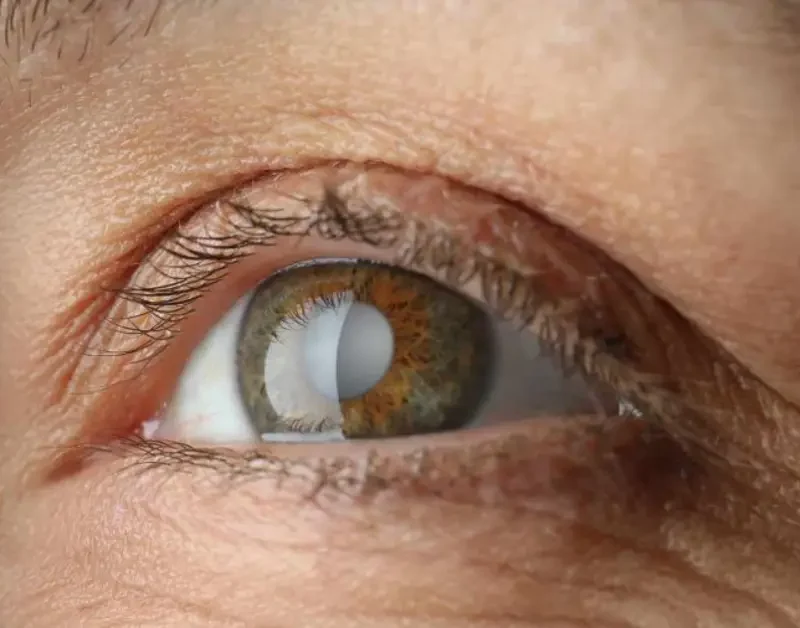

PROJECT DETAILS
- Date 5 July 2025
Contact Lenses & Fitting: What You Should Know Before Making the Switch
If you’re looking for an alternative to eyeglasses, contact lenses offer comfort, convenience, and a wider field of vision. Millions of people around the world wear them every day — whether for clearer vision, aesthetics, or active lifestyles.
But contact lenses aren’t a one-size-fits-all solution. Proper fitting and professional guidance are essential for eye health, comfort, and clear vision.
Here’s everything you need to know about contact lenses and how the fitting process works.
👁️ What Are Contact Lenses?
Contact lenses are thin, curved discs that sit directly on the surface of the eye (the cornea) to correct vision. Like glasses, they help address issues such as:
-
Nearsightedness (Myopia)
-
Farsightedness (Hyperopia)
-
Astigmatism
-
Presbyopia (age-related difficulty with near vision)
Contacts are made from special materials that allow oxygen to pass through, keeping the eyes healthy and comfortable.
🧪 The Importance of Contact Lens Fitting
Many people don’t realize that contact lenses must be custom-fitted to your eyes — even if you already wear glasses. Here’s why proper fitting matters:
-
Ensures correct vision correction based on your eye shape and prescription
-
Reduces the risk of eye infections or complications
-
Prevents discomfort, dryness, or redness
-
Helps identify any underlying eye health issues
A poorly fitted contact lens can lead to blurry vision, eye strain, and even serious problems like corneal ulcers.
👓 Types of Contact Lenses
There are various types of contact lenses based on your needs and lifestyle:
-
Soft Lenses – Comfortable and easy to adjust to; ideal for daily wear.
-
Rigid Gas Permeable (RGP) Lenses – Offer sharper vision for certain conditions like high astigmatism.
-
Daily Disposable Lenses – Worn once and discarded, perfect for hygiene and convenience.
-
Extended Wear Lenses – Can be worn overnight or for several days (with care).
-
Toric Lenses – Specifically designed for astigmatism.
-
Multifocal/Bifocal Lenses – Help with both near and far vision, suitable for older adults.
🔍 What to Expect During a Contact Lens Fitting
A professional contact lens fitting typically involves:
-
Eye Examination
Your eye doctor will check your overall eye health and determine your prescription. -
Corneal Measurement
Using a device called a keratometer or corneal topographer, they measure the curve and size of your cornea to find the best lens shape. -
Tear Film Evaluation
The moisture level of your eyes is checked to ensure lenses won’t cause dryness or irritation. -
Lens Trial & Evaluation
You’ll try on trial lenses to assess how they feel and how well you see. Adjustments are made if necessary. -
Instruction & Training
You’ll be taught how to insert, remove, and care for your lenses safely.
💡 Caring for Your Contact Lenses
To avoid infections or discomfort, follow these best practices:
-
Wash hands before handling lenses
-
Use only recommended lens solutions — never water or saliva
-
Replace lenses as prescribed
-
Store lenses in a clean case
-
Never sleep with lenses (unless advised)
-
Keep up with regular eye exams
✅ Is Contact Lens Wear Right for You?
Contact lenses are suitable for most people, but not everyone. They may not be ideal if you:
-
Have very dry or sensitive eyes
-
Work in dusty environments
-
Have eye allergies or infections
Your optometrist will guide you on whether contacts are a safe and effective choice for you.
👁 Final Thoughts
Contact lenses can give you clear vision, freedom from glasses, and a more active lifestyle — but only if they’re fitted and used correctly. Always consult a qualified eye care professional before switching to contact lenses.
Getting a professional fitting isn’t just about vision — it’s about protecting the health and comfort of your eyes.


